Biopole Bets On Patented Bio-Based Products To Disrupt The Tyre, Rubber And Automotive Industry
- By Nilesh Wadhwa
- August 19, 2025
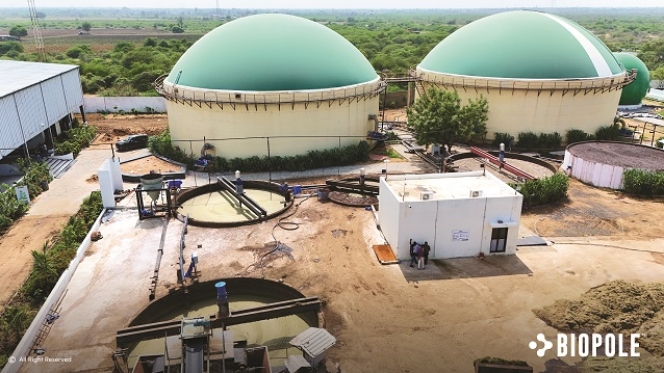
Mumbai-based start-up looks to make tyres green and clean, all the while enhancing farmers’ income by converting waste cotton byproducts to biodegradable products for the rubber industry.
In a world steadily transitioning towards sustainable and environmentally conscious solutions, Indian startup Biopole is poised to revolutionise the tyre, rubber and broader automotive materials space with a breakthrough innovation that merges agritech, cleantech and chemical engineering. The company has introduced Biozone 200, a high-performance bio-based antiozonant that prevents rubber products from cracking due to ozone exposure. It is generally used in the rubber and tyre industry. On the other hand, Biovive 300 is a bio-based antioxidant that protects rubber and polymer products from oxidative degradation used in the rubber and tyre industry.
In contrast to traditionally sourced materials from petrochemical derivatives, these additives are made using sustainably sourced materials that play a crucial role in improving the durability and life of rubber products, including tyres, hoses, belts, seals, plastic and even footwear soles. The company’s new offering is derived from agricultural waste – specifically, cotton stalks.
FROM AGRICULTURAL WASTE TO HIGH-VALUE ADDITIVE
In an interaction with Tyre Trends, Mehul Patel, Technical Director, Biopole, explained the development story: “What is Biopole? We provide bio-based antioxidants and antiozonants made from plants, more specifically cotton stalks, which are agricultural waste in India. After cotton is plucked, the stem or stalk is left behind, often burnt like stubble in North India. Instead of that, we extract useful chemicals from it to manufacture our solutions.”
Interestingly, while the young start-up was started just a couple of months ago, it has already established its first manufacturing unit in Dudhapur, about 120 km north of Ahmedabad, in the heart of Gujarat’s cotton belt. It currently has an annual production capacity of 4,500 metric tonnes, with Biopole sourcing raw material from nearly 1,000 farmers across a 24-square-kilometre region.
 “For these farmers, it’s waste, but for us, it’s the beginning of a high-value, eco-friendly product. And we pay them for it, so it’s a win-win,” he shared.
“For these farmers, it’s waste, but for us, it’s the beginning of a high-value, eco-friendly product. And we pay them for it, so it’s a win-win,” he shared.
The company has invested INR 200-250 million over the past eight years to perfect the material and bring it to commercial scale. “More than money, it’s the time that was crucial. It took us eight years to reach a stage where we could modify the compound to be usable as a technical replacement for existing antioxidants and antiozonants,” averred Patel.
Antioxidants and antiozonants are indispensable for the rubber industry. They delay degradation caused by oxidation and ozone exposure, improving product longevity. However, their petrochemical origins are increasingly problematic in a market where regulatory and environmental considerations are paramount.
“Our product is REACH-compliant (European Union’s regulations for Registration, Evaluation, Authorisation and Restriction of Chemicals), ROHS-certified (Restriction of Hazardous Substances) and California Proposition 65 compliant. This is especially critical for Indian manufacturers looking to export to Europe and the US, where chemicals like 6PPD and TDQ (Trimethyl Dihydroquinoline), which are still widely used in India, are banned,” explained Patel.
Interestingly, giving an example of how Biopole is already acting as a gamechanger in the rubber industry, Patel shared that its product has already enabled one Kanpur-based footwear manufacturer to regain access to export markets after switching to Biopole’s solution.
“They were unable to export because of regulatory issues tied to traditional chemicals. After switching to our material and clearing lab tests, they are back in business and expanding their footprint to global markets,” Patel noted.
COST-EFFECTIVE SUSTAINABILITY
It is no secret that while that the topic of sustainability has been actively pursued, for any businesses to simply switch sourcing from traditional suppliers to alternative eco-friendly materials also needs to make economic sense.
This is exactly one of the USP propositions for Biopole’s antioxidants and antiozonants solution.
Cost, often a barrier to adoption in India, has been neutralised by Biopole’s approach. “While European companies are willing to pay a premium for sustainable products, Indian customers ask about price first. But our product is priced competitively. The usage level is very small, and even if our additive is slightly more expensive than traditional options, the overall impact on the rubber compound is just about INR 0.10 per kg,” said Patel.
Giving the instance of carbon black, Patel stated, “Take carbon black, for example. Its prices fluctuate between INR 95 and INR 120 per kg, which impacts the compound price by INR 0.25 to 0.40 per kilo. In our case, the delta is much smaller and we offer a sustainability advantage.”
TYRE INDUSTRY
Given that India’s tyre industry is a high-volume, slow-approval segment, Biopole has made a strategic decision to first focus on non-tyre rubber product manufacturers.
“Tyre companies typically take three to five years to approve a new additive. They also require volumes of around 150 tonnes per month. That would overwhelm our current capacity. So we are currently targeting non-tyre applications, where monthly usage is around 1-2 tonnes per customer. This allows us to onboard multiple customers and scale gradually,” he said.
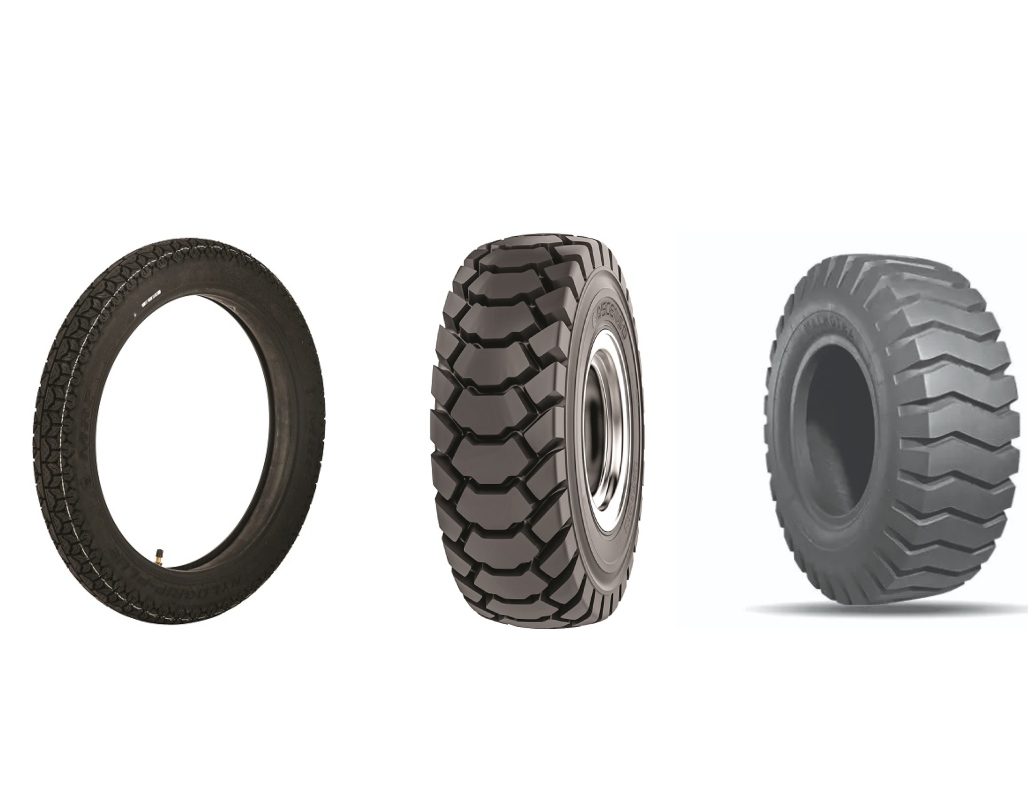
But Biopole is not actually ignoring the tyre segment. “We have already initiated pilot testing with some tyre manufacturers. If even two tyre companies approve our material, our entire capacity could be absorbed. That is why we are also preparing for future expansions,” he revealed.
Expansion is very much on the horizon. Patel estimates that scaling up to 9,000 tonnes can be done within six to eight months. “Once the market demands it, we are ready to expand our capacity at the Ahmedabad plant. The process is now streamlined,” he says.
EYEING GLOBAL MARKETS
While Gujarat was the logical choice for its facility due to its raw material ecosystem, Biopole is also exploring international expansion. “We met potential partners in the US and Ivory Coast at the American Chemical Society conference. They were extremely excited. In fact, one gentleman said, ‘Come to Ivory Coast, we’ll provide you land and cotton stalks’,” he shared.
Responding to a query if the company is open to partnerships and contract manufacturing with local stakeholders investing in infrastructure and sourcing. Patel shared that for Biopole nothing is off the tables: “We’re open to partnerships as long as it makes commercial sense.”
R&D
For Elastochemie, which has been traditionally a trading company, the journey for Biopole has been supported by a seven-member in-house R&D team, backed by collaborations with research institutions and external labs.
In addition to its current offerings, Patel revealed that Biopole “has already started working on two new products for the rubber industry, including retarders. We expect these to launch by FY2026.”
The company is also experimenting with product variations that would allow its additive to be used in coloured rubber and plastics. “Our material is naturally brown, which limits use in applications requiring bright or white colours. We are modifying it to work with those too,” he shared.
Though formally incorporated just five months ago in 2025, Biopole has global ambition and market-ready credibility. “Biopole will have its own balance sheet, and yes, it will be profitable as a standalone entity,” shared Patel.
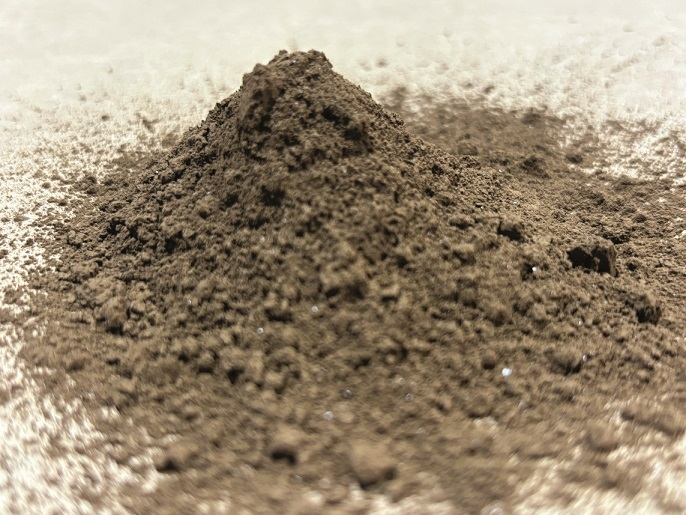
While Elastochemie remains a trading business, Biopole’s manufacturing arm marks a strategic leap. “Trading companies don’t usually do R&D. But we wanted to build something different. Something IP-led, something that creates real change,” he stated.
As a first-of-its-kind material globally, Biopole is claimed to have no direct competition at present. He gives the anecdote of being a zero-emission vehicle in a petrol and diesel market.
“We’re not worried about competition yet, because there’s no one else doing exactly this. Our product changes the game. And for our customers, it ticks multiple boxes – regulatory, sustainability and now, affordability too,” he shared.
GEOPOLITICAL SITUATION & FUTURE PLANS
Responding to a query on whether the company could be impacted due to the global geopolitical situation and trade disruptions, he shared that India is estimated as a whole consumes over two million tonnes of rubber annually, with tyre makers accounting for 57 percent of demand. The remaining 43 percent, or 850,000 tonnes, is used in non-tyre applications. “Even if we capture three percent of that, we are talking significant volumes,” Patel shared.
He also noted that Biopole is relatively insulated from global geopolitical shocks. “We are too small to be impacted by the global supply chain disruptions. Even if we don’t export, the Indian market alone is more than enough for our immediate growth trajectory,” he said.
That said, global expansion remains attractive for the premium it offers. “US and European companies approve faster and are willing to pay more for sustainability,” Patel added.
It is quite evident that Biopole’s under the wrap development of the bio-based antiozonant and antioxidant products over the last eight years has a strategic plan to support its future narrative.
Patel shared that in the near-to-mid-term the company aims to establish its product firmly in India, US and Europe market. The company will launch at least two new rubber additives including Bioguard 400, a bio-based scorch retarded that controls vulcanisation and prevents premature curing for the rubber and tyre industry. It will also develop versions of the additive suitable for coloured plastics and rubber applications. And finally, Biopole will further scale manufacturing capacity based on traction from tyre manufacturers.
In an industry often dominated by legacy chemicals and slow-moving incumbents, Biopole’s innovative approach may well be a tipping point.
“We are not just offering a product,” concluded Patel. “We are offering a shift in thinking. A biodegradable, sustainable, regulatory-compliant material that solves real industry pain points. That’s the future – and we’re building it from waste.”
Perpetuus Unveils Commercially Viable Replacement For Toxic 6PPD
- By TT News
- November 20, 2025
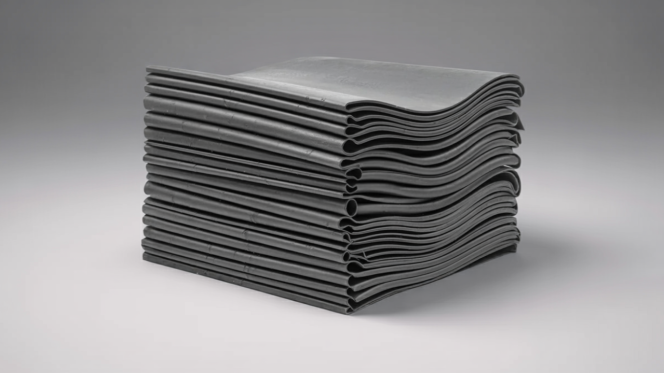
In a significant development for environmental science and the rubber industry, Perpetuus Advanced Materials has announced a viable solution for eliminating 6PPD-quinone, a highly toxic byproduct of 6PPD, a chemical commonly used in tyres and synthetic rubbers. This breakthrough is particularly urgent given the established link between 6PPD-quinone and acute mortality in coho salmon, a crisis identified in 2020 that has since spurred global regulatory concern. The company’s innovation provides both a direct manufacturing replacement and a method for environmental remediation.
The core of the solution is an amine functionalised graphene masterbatch, engineered using the company's proprietary plasma-functionalised graphene nanoplatelets. This advanced material operates through a novel mechanism where the amine groups act as radical scavengers, effectively stabilising the rubber and rendering the use of 6PPD entirely obsolete. By preventing the formation of the toxic 6PPD-quinone at its source, this technology addresses the root cause of the pollution. The masterbatches are supplied as pre-mixed sheets or blocks, allowing for straightforward integration into existing manufacturing processes for tyres and a wide array of other synthetic rubber products, including hoses, seals and industrial belts, without requiring any operational changes.
To tackle the existing environmental contamination, Perpetuus has concurrently developed a suite of modular filtration systems designed for stormwater management. These units, which include drain cartridges and bioreactor modules, utilise graphene nanoplatelets to capture pollutants. They are enhanced by a proprietary artificial intelligence platform that provides real-time monitoring of filter saturation and pollutant levels, offering a critical tool for protecting vulnerable waterways and urban runoff zones during the transition to reformed tyres.
Produced on a continuous plasma platform ensuring consistent quality, the masterbatch not only replaces 6PPD but also consolidates numerous other mix ingredients and additives, thereby simplifying production and improving workplace air quality. With over 10 years of specialisation in graphene-enhanced elastomers, Perpetuus is now actively pursuing regulatory approvals and industrial partnerships to accelerate the widespread adoption of this comprehensive environmental solution.
John Buckland, CEO, Perpetuus, said, “This is no longer about mitigation. We’ve replaced 6PPD. Our amine functionalised GNPs deliver the same anti-degradant function as 6PPD but with zero toxic quinone by-products. This isn’t theory. It works in formulation and scales now. This isn't a patch; it’s a permanent replacement. By removing 6PPD at the source, we remove the risk of 6PPD-Q entirely. The science is proven. The solution is scalable. The environmental need is urgent. The only question left is whether regulators and manufacturers are ready to act. This is the moment to eliminate 6PPD for good and replace it with something better.”
Bekaert And EMSTEEL Partner For Sustainable Steel Solutions
- By TT News
- November 20, 2025

Bekaert and EMSTEEL have forged a strategic partnership centred on the manufacturing and commercialisation of high-value, sustainable steel products utilising steel produced within the UAE by EMSTEEL. The agreement was formally signed at the Middle East Iron & Steel Conference & Exhibition in Dubai, with senior leadership from both organisations in attendance, including Group CEOs Engineer Saeed Ghumran Al Remeithi of EMSTEEL and Yves Kerstens of Bekaert.
The alliance will see the two companies extend their cooperation into several key areas. A major component involves technical collaboration, where Bekaert will provide its expertise and offtake intention to support EMSTEEL's strategic initiative to upgrade and substantially expand its wire rod product portfolio in the near future. Furthermore, the partners will jointly assess opportunities for downstream investments. These potential investments are designed to allow EMSTEEL to diversify its offerings with more advanced, value-added products. For Bekaert, this creates a pathway to manufacture its renowned Dramix steel fibre reinforced concrete solutions using locally sourced UAE steel.
A shared objective of this partnership is to actively promote the advantages of sustainable construction materials and solutions throughout the Gulf Cooperation Council markets, leveraging EMSTEEL's position as the UAE's largest steel manufacturer and Bekaert's global leadership in steel wire transformation and coating technologies.
Yves Kerstens, Group CEO, Bekaert, said, “Today’s MoU is intended to serve various ambitions we have in common with EMSTEEL. This includes focused strategy execution in a region with vast growth opportunities, a strong innovation drive and explicit sustainability excellence.”
Engineer Saeed Ghumran Al Remeithi, Group CEO, EMSTEEL, said “This agreement reflects EMSTEEL’s commitment to advancing the capabilities and global reach of UAE-made steel. By combining our manufacturing strength and sustainability leadership with Bekaert’s world-class expertise in material science and advanced steel solutions, we are creating new pathways for innovation, value creation and low-carbon growth.”
Solvay And Sapio Join Hands For Renewable Hydrogen Project
- By TT News
- November 20, 2025
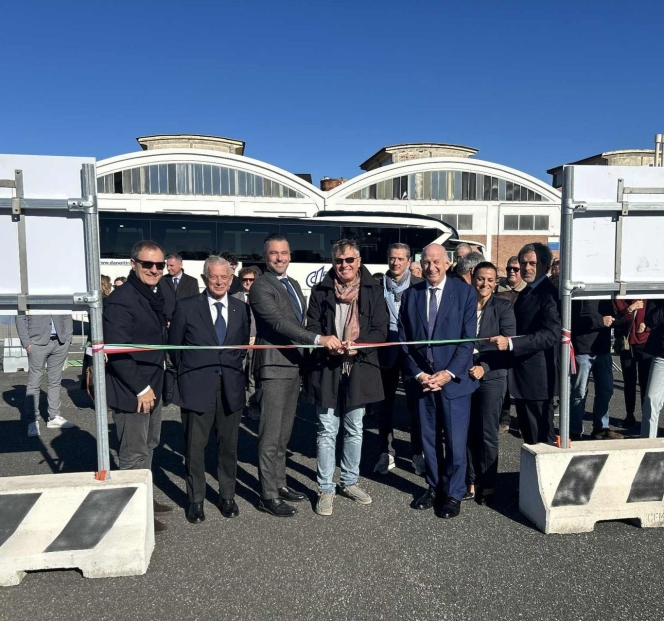
In a long-term strategic partnership, Solvay and Sapio have committed to a 10-year agreement to advance renewable hydrogen production at Solvay's Rosignano plant. This collaboration – a central pillar of the Hydrogen Valley Rosignano Project aimed at cutting CO2 emissions from Solvay’s peroxides operations – will see Sapio responsible for building and managing a 5 MW electrolysis unit. The required power will be sourced from a new 10 MW photovoltaic installation that Solvay will construct on-site.
With operations scheduled to commence by mid-2026, the project is expected to yield up to 756 tonnes of renewable hydrogen annually. This green hydrogen will be directly used in Solvay's manufacturing of peroxides, essential chemicals for the electronics, water treatment, and solar panel industries. The initiative has secured EUR 16 million in funding allocated by the Tuscan Region through Italy's National Recovery and Resilience Plan (PNRR). This decade-long effort is projected to reduce the site's carbon dioxide emissions by as much as 15 percent, marking a substantial step towards more sustainable industrial processes. The partnership's launch was officially celebrated with a groundbreaking ceremony on 18 November 2025.
Carlos Silveira, President of Solvay’s Peroxides business, said, “Our partnership with Sapio represents a good example in how we enhance our global peroxide operations. This project is a key part of our broader strategy to support essential industries – from electronics and water treatment to energy and food safety – with more sustainable solutions.”
Alberto Dossi, President of the Sapio Group and H2IT, said, "The launch of this important project for the production of renewable hydrogen represents a major step forward in the development of the entire hydrogen value chain. With H2IT, we have set ourselves the goal of creating a collaborative ecosystem in which industry, research, policy and local communities work together for a cleaner and more sustainable future. With this collaboration, Sapio is actively contributing to building a cleaner and more sustainable world."
Mario Paterlini, CEO, Sapio Group, said, "We are extremely proud of our collaboration with Solvay: this project, funded by the National Recovery and Resilience Plan (NRRP), is concrete proof that companies can truly contribute to the decarbonisation of the planet and the growth of our country. In a world of great uncertainty like the current one, it is essential to join forces and be a point of reference for the entire ecosystem."
- Cabot Corporation
- LITX 95F Conductive Carbon
- Energy Storage Systems
- China International Import Expo
- CIIE
Cabot’s LITX 95F Conductive Carbon Honoured At CIIE
- By TT News
- November 20, 2025

Cabot Corporation earned a significant honour for its advanced battery material innovation at the 8th China International Import Expo (CIIE), a premier global trade fair held in Shanghai. The company’s LITX 95F conductive carbon, a key component engineered to enhance the performance and longevity of lithium-ion batteries in energy storage systems (ESS), was distinguished among the ‘Top 10 Exhibits of 2025’. This esteemed accolade was presented during the ‘Brands Bring a Better Future for the World’ Global Forum, which focuses on brand equity and sustainable development.
The CIIE, which hosted participants from 155 countries and over 4,100 companies this year, presents this honour to brands that support sustainable and high-quality economic development. Cabot’s product is notably the first from the speciality chemicals and performance materials sector to receive this award, solidifying the company's leadership in creating advanced materials. This achievement highlights Cabot's pivotal role in enabling the next generation of clean energy technologies and providing high-performance solutions that are critical for a more efficient and sustainable energy future.
Jeff Zhu, Executive Vice President and President, Carbon & Silica Technologies, Battery Materials and Asia Pacific region, said, “We are honoured that our LITX® 95F conductive carbon has been recognised among the top exhibits at CIIE. This award affirms Cabot’s commitment to driving innovation in conductive additives that power the global energy transition. Our battery materials solutions are helping accelerate the adoption of cleaner, more efficient energy storage solutions.”
Patrick Kelly, Vice President – Global Marketing and Strategy, Battery Materials, said, “We are thrilled to see our LITX® 95F product recognised on a global stage as it reflects the impact of our technology on the rapidly expanding ESS industry. This product enables more reliable and efficient energy storage systems and supports the growing demand for clean energy as well as the increasing ESS needs driven by the expansion of AI and data centres around the world. This recognition reflects both our technological leadership and our commitment to innovation in a rapidly evolving industry.”


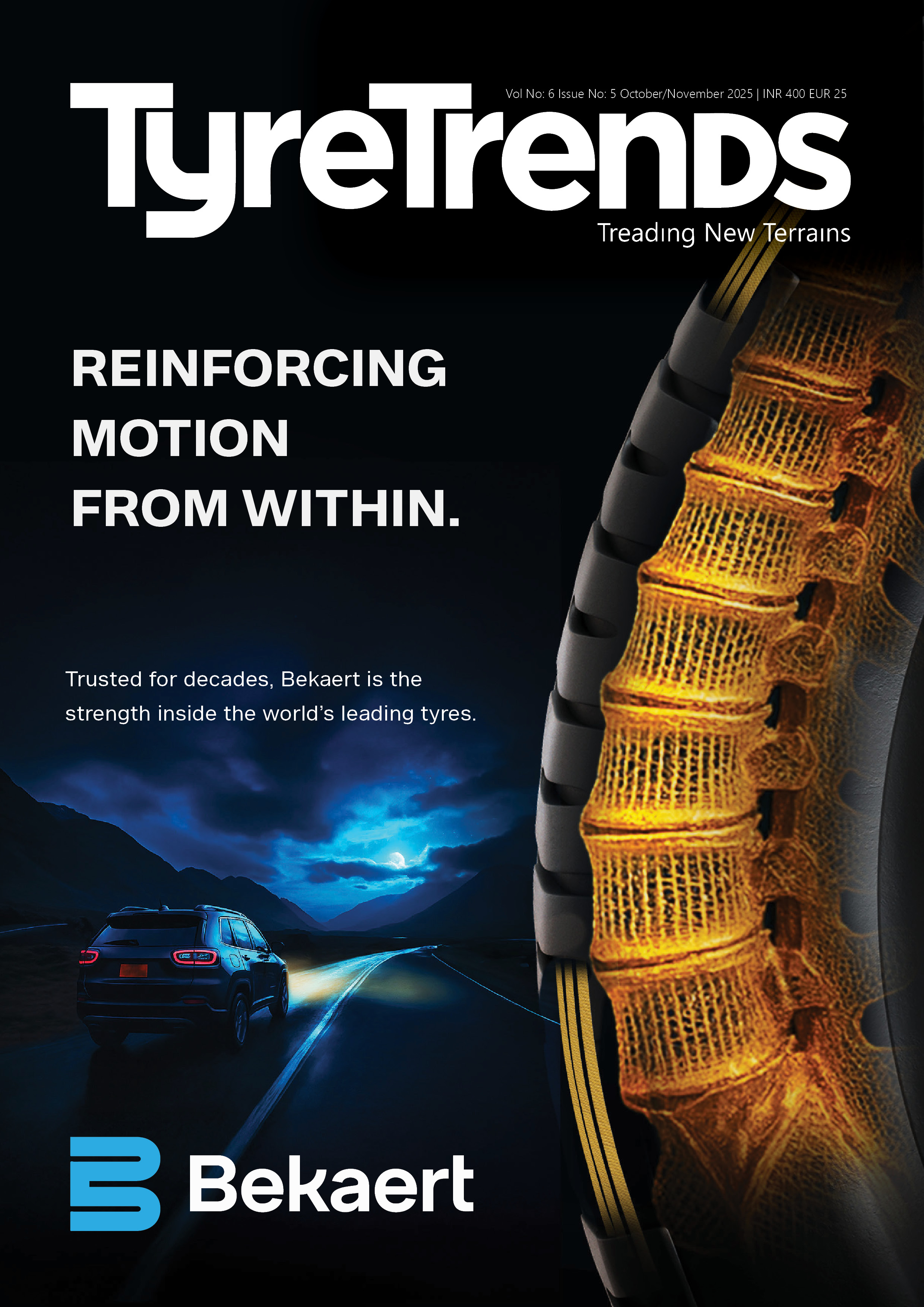



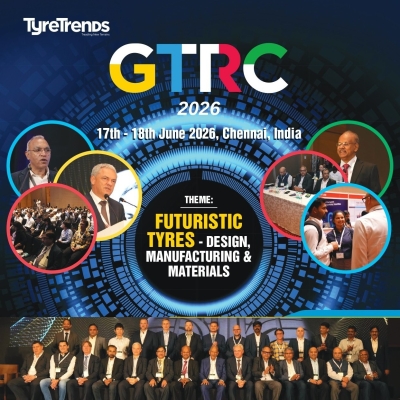
Comments (0)
ADD COMMENT